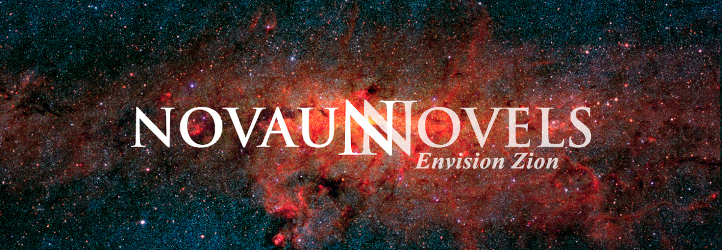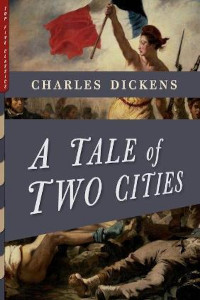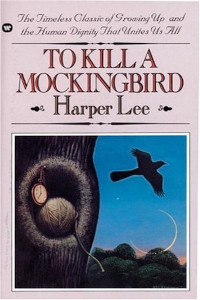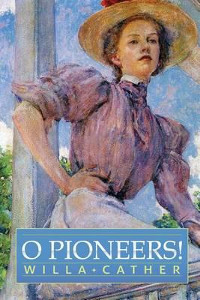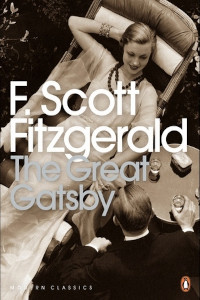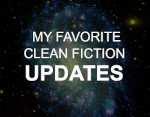In this series of blog posts, I give strategies for finding “clean reads” that go beyond relying on curated book lists. Please see “Part 1: The Toxic Sea” for a list of resources to help you find books that others think are clean, “Part 2: Know Where to Fish” to learn what types of books will be least likely to contain profanity, graphic sex and violence, and immoral themes, “Part 3: Sort through the Catch” to find tips for evaluating the books you find, and “Part 4: Enjoy the Harvest!” for ideas on how to read widely and wholesomely without going broke.
There have been many stories in the news lately about parents who want books they consider offensive removed from their children’s schools. Some of these books contain explicit material. Others promote practices and ideologies that conflict with the parents’ core values. Some parents want to ban books from classroom shelves and school libraries, and others are calling for the removal of books from curriculum. Others simply want more care taken by school staff to ensure their young children aren’t given books that are meant to be read by older teens and adults. Still others want their children to be given alternate assignments when the rest of the class will be reading something they find objectionable—a right that’s being lost in some school districts.
Teachers and librarians are pushing back against what they see as censorship and attacks against their professional judgment, and many parents are supporting them. A librarian might say, “All young people, no matter what their beliefs and life experience, should be able to find books that speak to them in the library. If we remove all challenged books, there won’t be any books left for anyone to read. Just because a book is there doesn’t mean a youth has to read it.” A teacher might say, “We need newer books that better reflect the attitudes, life experiences, and culture of modern young people. They need to hear diverse voices—especially when they’re disturbing; that’s what provokes thought. The context of a book is more important than any one scene.” Both might say, “The parents issuing challenges often haven’t even read the books they’re protesting. We’ve read many books and have been educated to identify those that are well-written and meaningful.”
I lay out a few of the concerns on both sides in an effort to show that this issue is more complex than the news stories usually report. A curriculum challenge that makes sense at a middle school in one community may not apply to the same book at a high school library in a different region of the country. I don’t believe there’s a one-size-fits-all solution that will work for every community, but I do believe there are a few principles that should guide these decisions.
Throughout all of my study and thought on this issue, I keep coming back to something I said in the first post of this series: “In the end, you’re the only one who can decide what to put into your mind, just as you’re the only one who can decide what to put into your mouth.” While this statement is almost always true for adults, it isn’t always true for children or even teens. In a school classroom, children and teens can be forced to consume adult material they aren’t ready for or that offends their sensibilities. In the larger school environment, inexperienced fishers can be innocently exposed to material they and their parents think is indecent.
Continue reading